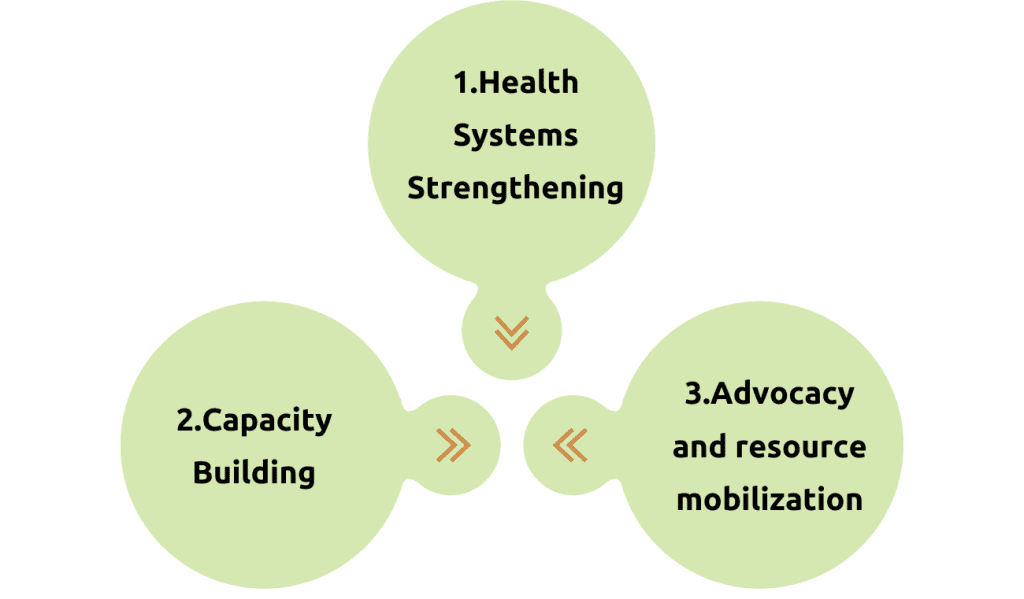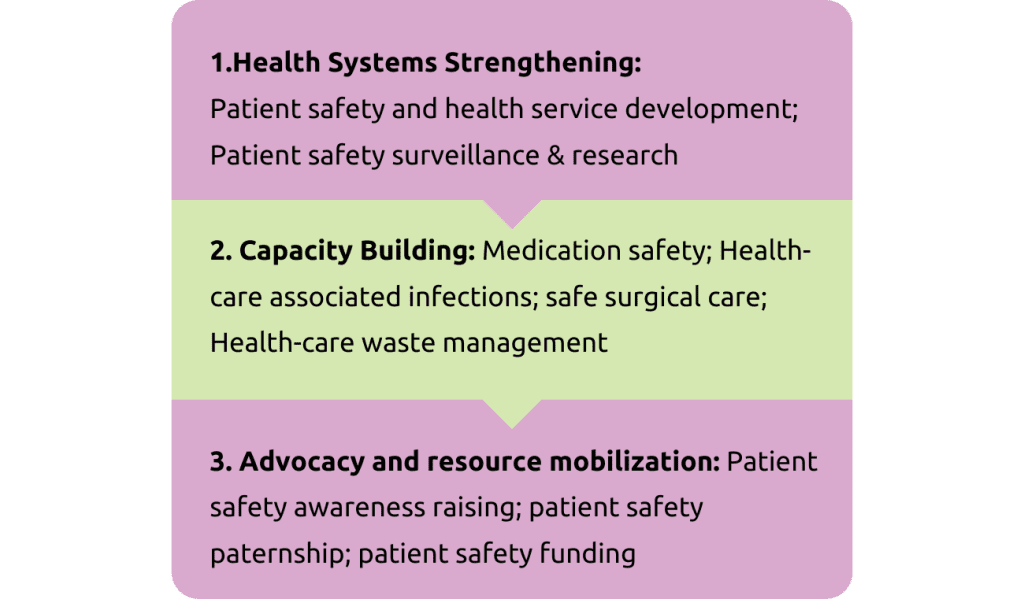Transforming safety culture in Healthcare
Read the Magazine in PDF
Abstract
This article discusses transforming the safety culture in healthcare, emphasizing patient safety as a global priority. The importance of team building, risk management, and a culture of safety is underscored, with leaders playing a crucial role in prioritizing safety in the workplace. Patient safety is identified as a partnership between patients and healthcare systems, with patients’ active involvement and organizations’ commitment to best practices being essential for a safer healthcare environment.
Introduction
ISQua, The International Society for Quality in HealthCare is committed to being the global leader of healthcare quality and safety transformation for all. With a knowledgeable network of experts, the organization forms vibrant partnerships in Southeast Asia. Patient safety metrics have worsened globally during the pandemic, with increased risks incidence of preventable harm. To tackle this challenge, the World Health Organization’s Global Patient Safety Action Plan 2021-2030 and “The View” publication offer guidance. The ISQua emphasizes the significance of patients safety, and calls for collective action to eliminate avoidable harm in health care.
Ensuring Patient Safety in Healthcare: A Guide to the Five Key Strategies
Ensuring patient safety is a critical goal in healthcare, and this article presents five strategies strategies, suggested by Vincent and Amalberti in their seminal 2016 book “Safer Healthcare – Strategies for the Real World”, to support and achieve it.
- Standardizing processes based on best practices to avoid harm during safety-critical tasks However, guidelines may not always be sufficient, necessitating awareness of potential outcomes and preparedness to handle them.
- Improving working conditions and organizational practices, for instance by Simplifying decision-making by using checklists, training, and adequate staffing.
- Enforcing risk control where feasible, For instance, certain procedures may be restricted under specific conditions to ensure safety.
- Enhancing the ability to anticipate, monitor, and respond in well-defined care settings, Expertise is vital to handling more fluid situations effectively.
- Being prepared for mitigation situations where risk is unavoidable or accepted.
To achieve the highest level of patient safety, healthcare organizations must utilize all five strategies, as each offers distinct advantages and drawbacks.
Building Capacity and Capability in Healthcare: The Importance of Team Building and Risk Management
Building capacity and capability in healthcare systems is crucial for patient safety and well-being.
Team building is vital, as healthcare requires collaboration rather than individual efforts. To address challenges arising from patient flow and staffing variations, leaders must predict these changes by understanding patient flow and anticipating demand or shortages.
While some variations in healthcare stem from extraordinary events, most result from ordinary system variations. Leaders must grasp the underlying causes and develop strategies to mitigate risks effectively. As outlined by Vincent and Amalberti, Healthcare risks fall into three domains: the ultra-adaptive, where risk is understood and embraced, the high-reliability where risk is managed, , and the ultra-safe where risk is avoided.
Team culture plays a vital role in building capacity and capability. Teams should work cohesively to achieve common goals and ensure patient safety and well-being. Leaders have a crucial role in fostering this culture and supporting their teams adequately.
Civil aviation exemplifies the ultra-safe domain & and meticulous risk management in healthcare. Although healthcare cannot entirely replicate this, leaders should create controlled and safe patient
environments wherever possible.
Building capacity and capability in healthcare systems is complex, necessitating collaboration between teams and leaders. Leaders must comprehend the causes of variations in patient flow and staffing and devise effective strategies to manage risks. By fostering a strong team culture and providing the necessary support, leaders can ensure patient safety and well-being.
Creating a Culture of Safety: The Importance of Prioritizing Safety in the Workplace
Safety should be a top priority for all organizations, integrated into all aspects of operations. Leaders play a crucial role in fostering a culture of safety by prioritizing it and supporting staff.
Safety is not static; it fluctuates over time and situations. Involving patients and families in their care makes them co-producers of a safe environment. Maintaining a safe environment requires a culture of safety where everyone is committed to promoting safety. Leaders must demonstrate commitment, support staff, and involve patients and families. Continuous improvement ensures a safe environment for all.
Patient Safety: A Partnership between Patients and Healthcare Systems
Patient safety is a collaborative effort between patients and healthcare providers. Patients can contribute to their safety by anticipating, monitoring, and responding to their healthcare needs, helping catch potential issues.
Engaging patients and families as partners in care, considering their perspective, and involving them in decision-making enhances safety. Accreditation, which evaluates healthcare organizations against safety standards, helps identify areas for improvement. Sharing knowledge and best practices further improves patient safety.


Conclusion
This article highlights the transformation of safety culture in healthcare and obtaining a nuanced understanding of nature of safety and risks as a global priority. Emphasizing patient safety, the article highlights the role of team building, risk management, and a culture of safety.
Patient safety is a partnership between patients and healthcare systems, with active patient involvement and organizations’ commitment to best practices being essential for a safer healthcare environment. It calls for collective action to prioritize patient well-being and create a safe environment for all.




